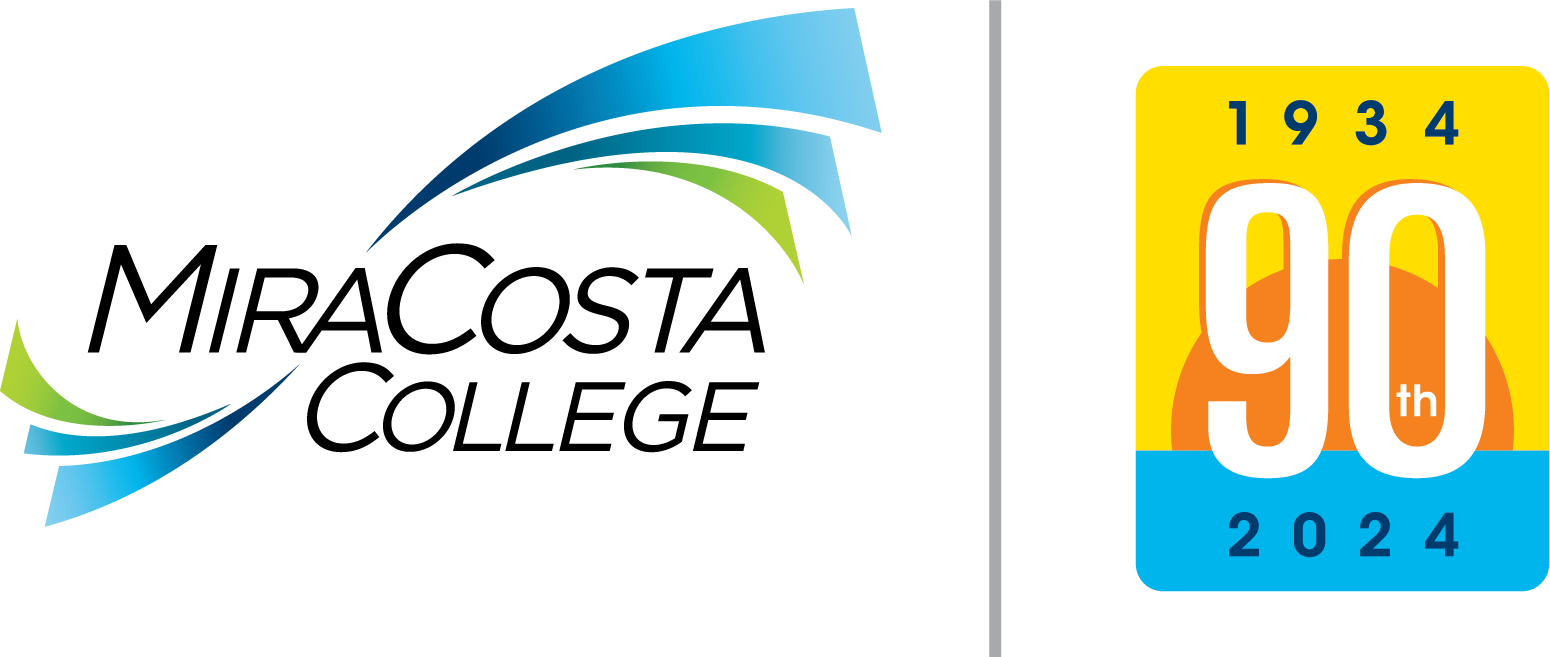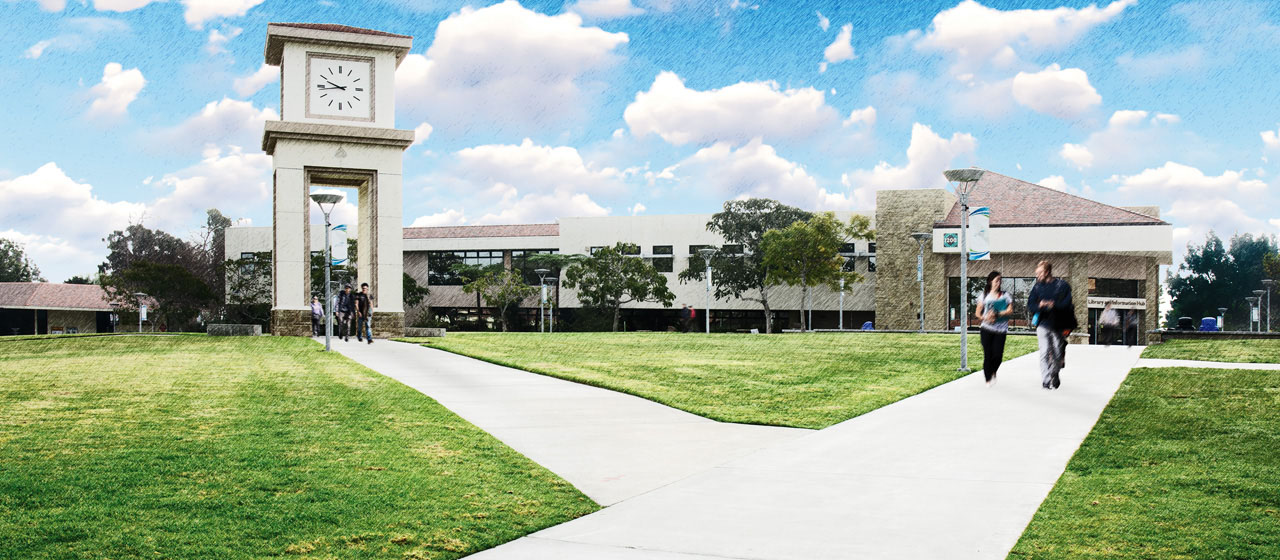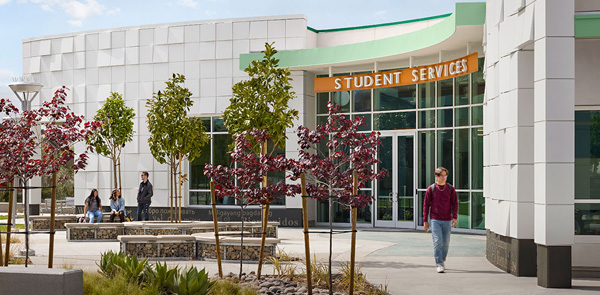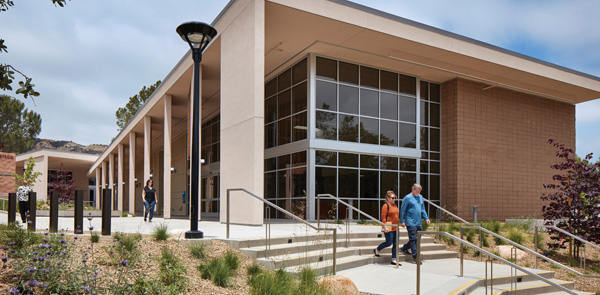MiraCosta College Land Acknowledgement
This Land Acknowledgment was developed and approved in collaboration with the generous
support of the San Luis Rey Tribe.
We acknowledge the Payómkawichum (the People of the West) as the traditional land
caretakers of the land on which MiraCosta College is built and its surrounding traditional
cultural landscapes. Today, the Payómkawichum are known as Luiseño and are made up
of seven bands: La Jolla, Pala Pauma, Pechanga, Rincon, San Luis Rey, and Soboba.
We, the MiraCosta Community College District, are mindful of the Indigenous peoples
in this place, and we pay our respects to the Luiseño - past, present, and emerging.
We are grateful to have the opportunity to be part of this community in Luiseño territory
and to honor their history, culture, and perseverance of spirit.
Pronunciations:
Luiseño (Loo-sin-yo)
Payómkawichum (Pie-yom-ko-wi-shum)
What is a Land Acknowledgment:
A Land Acknowledgement is an official declaration that honors and respects indigenous peoples as the original caretakers of the land. It acknowledges the ongoing connection between these communities and their ancestral territories. This gesture serves as a step towards reconciliation, recognizing that indigenous peoples have lived on and cared for the land both before and after the arrival of settlers.
Why do we recognize the land:
Acknowledging the land is a meaningful act that expresses gratitude and respect for the indigenous communities whose ancestral territories you inhabit. Understanding and appreciating the rich, longstanding history that precedes your residence on these lands is crucial. Land Acknowledgments are not mere historical references; they are rooted in the present, reminding us that colonialism is an ongoing issue that requires our active awareness and engagement.
Using a land acknowledgment encourages people to consider the implications of occupying indigenous territories. It offers an educational opportunity, making individuals aware of the indigenous tribes that have lived on and continue interacting with the land. This practice is not just a formality but is rooted in indigenous protocols, contributing to a culture of respect and ongoing efforts toward reconciliation.
Taking the time to acknowledge the land is a significant initial step in the decolonization process, helping to combat the systematic erasure of indigenous communities and their histories.
Important things to know about acknowledgment
The delivery of a Land Acknowledgement should be thoughtful and respectful, not merely a routine or formulaic introduction to an event. It's essential to recognize that the land was not willingly given to settlers but is unceded. The acknowledgment should be a mindful and intentional act, setting the tone for the gathering.
The ideal person to give the land acknowledgment is the event or meeting's host; the reader should be respectful and practice saying the names out loud.
Where to use the Land Acknowledgment
- Events
- Course syllabi: Include a land acknowledgment in your course syllabus.
- For example: "We acknowledge the Payómkawichum (the People of the West) as the traditional land caretakers of the land on which MiraCosta College is built and its surrounding traditional cultural landscapes. Today, the Payómkawichum are known as Luiseño and are made up of seven bands: La Jolla, Pala Pauma, Pechanga, Rincon, San Luis Rey, and Soboba. We, the MiraCosta Community College District, are mindful of the Indigenous peoples in this place, and we pay our respects to the Luiseño - past, present, and emerging. We are grateful to have the opportunity to be part of this community in Luiseño territory and to honor their history, culture, and perseverance of spirit.
- You may also opt for a shorter version with an attached link for more information.
Information was utilized from the California State University San Marcos Land Acknowledgement Toolkit.





